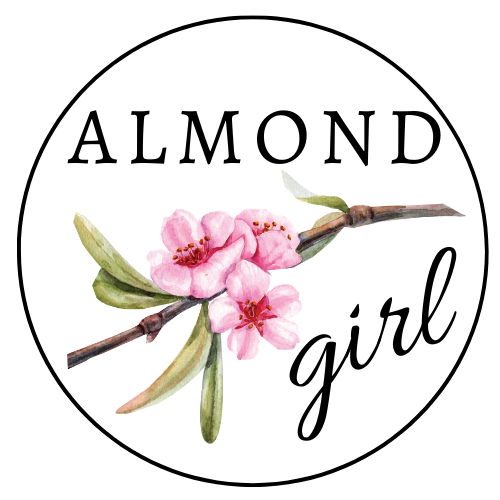Almond varieties

Did you know there are over 30 different varieties of almonds grown commercially?! All have their own unique purpose, size, and shape. Most almond farmers, have multiple varieties in the same orchard, the most popular being nonpareil. Nonpareil is the prettiest almond, most widely produced and comes with the biggest return back to the grower. But we can't all farm nonpareils, they need to be pollinated somehow. Almonds typically need at least two varieties in an orchard because the almond flower cannot pollinate itself like other fruit trees can. We learned about that with the almond bloom and bee blog!! So we have pollinator varieties that complement other varieties and offer their own unique purpose. I am going to outline a few of the more widely grown varieties for you, but feel free to check out The Almond Board of California's full guide.
Nonpareil has the most uses and purposes of any other nut. It can be used in raw form, blanched, processed or anything you wish. It is a soft shell variety, meaning the shell will be easy to remove. Nonpareil is the first variety to be harvested and kicks off the harvest season.

Carmel is a pollinator for Nonpareil. Carmel is generally used for manufacturing or processing purposes like baking ingredients. It is also a soft shell, has a more narrow shape than a nonpareil and the skin appears more wrinkly. Carmel harvest will begin after nonpareil harvest.
Monterey is also a pollinator for nonpareil. It is a large and narrow almond with a smooth surface. And harvest will follow Carmel and Butte.
Sonora is a soft shell almond that is commonly recognized by its long, narrow shape and light skin color. It is the largest almond variety.
Butte and padre varieties are hard shell varieties, meaning their shell is harder to remove. This can cause more mechanical defects to the nut, making it ideal for manufacturing as well. They are shorter and smaller nuts, most commonly found in your nutty chocolate bar because of its size and slight bitter taste. Butte and padre are commonly harvested alongside or slightly later than Carmel.
Now you know an almond isn't just an almond. Next time you take a handful of almonds or bite into your favorite almond snack, try to guess what variety you are eating!
Until Next Time,
Almond Girl

